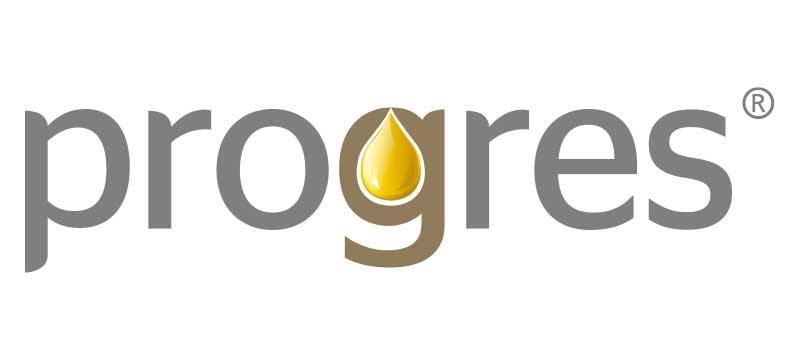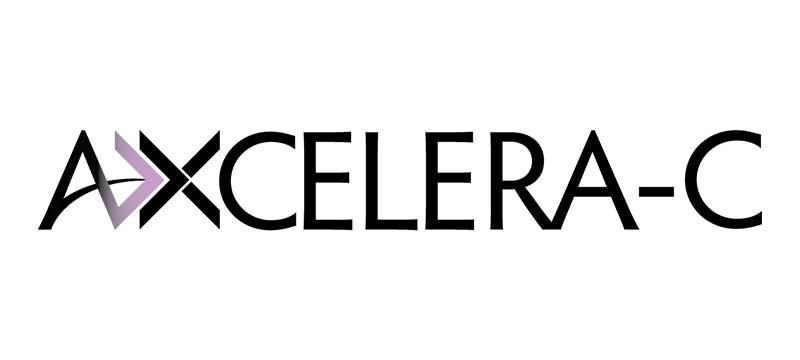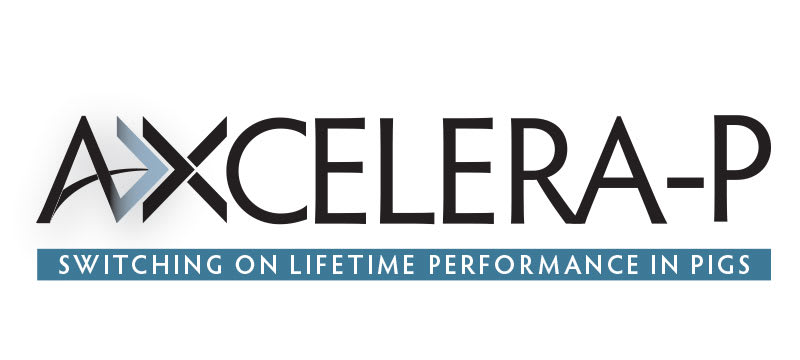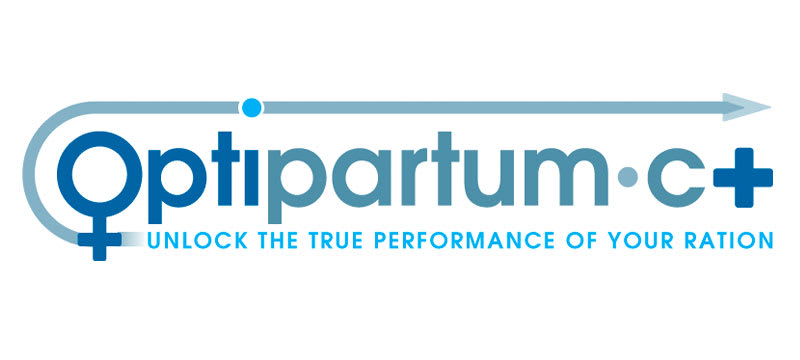What are you doing about the mycotoxin threat this winter?
Published Wednesday, 17th November 2021The threat to cow health and performance – including reduced milk yield and mastitis – from mycotoxins is substantial, and with up to 90% of maize silages and two thirds of whole crop cereal silages being contaminated, it’s a very real problem.
We look at some of the issues of concern and actions that can be taken to mitigate the issues.

What impacts do mycotoxins have in cattle?
The typical yield response when adding an effective de-activator to rations heavily contaminated with mycotoxins is two to three litres per cow per day!
That is significant enough, but mycotoxins also impact more than just milk yield and quality. In one research trial, dairy heifer conception rates fell by 25 percentage points when rations contained the mycotoxin zearalenone (ZON).
Other symptoms include rough coats, worsening body condition and the presence of mucus tags – pieces of gut wall – in the manure, plus increased mastitis, and chronic lameness from lowered immune function.

What are the most toxic mycotoxins for cattle?
The most toxic mycotoxins for dairy cows are ZON, deoxynivalenol (DON) and T2 toxin, generated by the Fusarium moulds that infect cereal crops (including maize) pre-harvest. The aflatoxin B1 (AFB1) produced by Aspergillus moulds on the surface of grass silages, moist feeds and dry straights that get wet during storage is also important. It’s a carcinogen that can accumulate in muscle tissue (meat) and result in aflatoxin M1 (AFM1) in milk.
The risk of mycotoxicosis rises significantly during sub-acute ruminal acidosis (SARA), since the number of rumen microbes able to de-activate mycotoxins is reduced and damage to the rumen wall eases passage into the blood.

What can I do to reduce the impacts of mycotoxins in dairy cows?
Feeding Vistacell yeast or Acid Buf slow-release rumen conditioner can help stabilise rumen pH and therefore reduce the threat posed by mycotoxins.
Many top herds also now routinely include a ruminant-specific mycotoxin de-activator, like Ultrasorb R, to protect cow health and production. Ultrasorb R has been developed specifically to be most effective in the rumen, and represents a significant step forward from the previous generation multi-species de-activators.
For more information schedule a call with us or visit https://www.abvista.com/products/ultrasorb-r
Latest news
Stay ahead with the latest news, ideas and events.
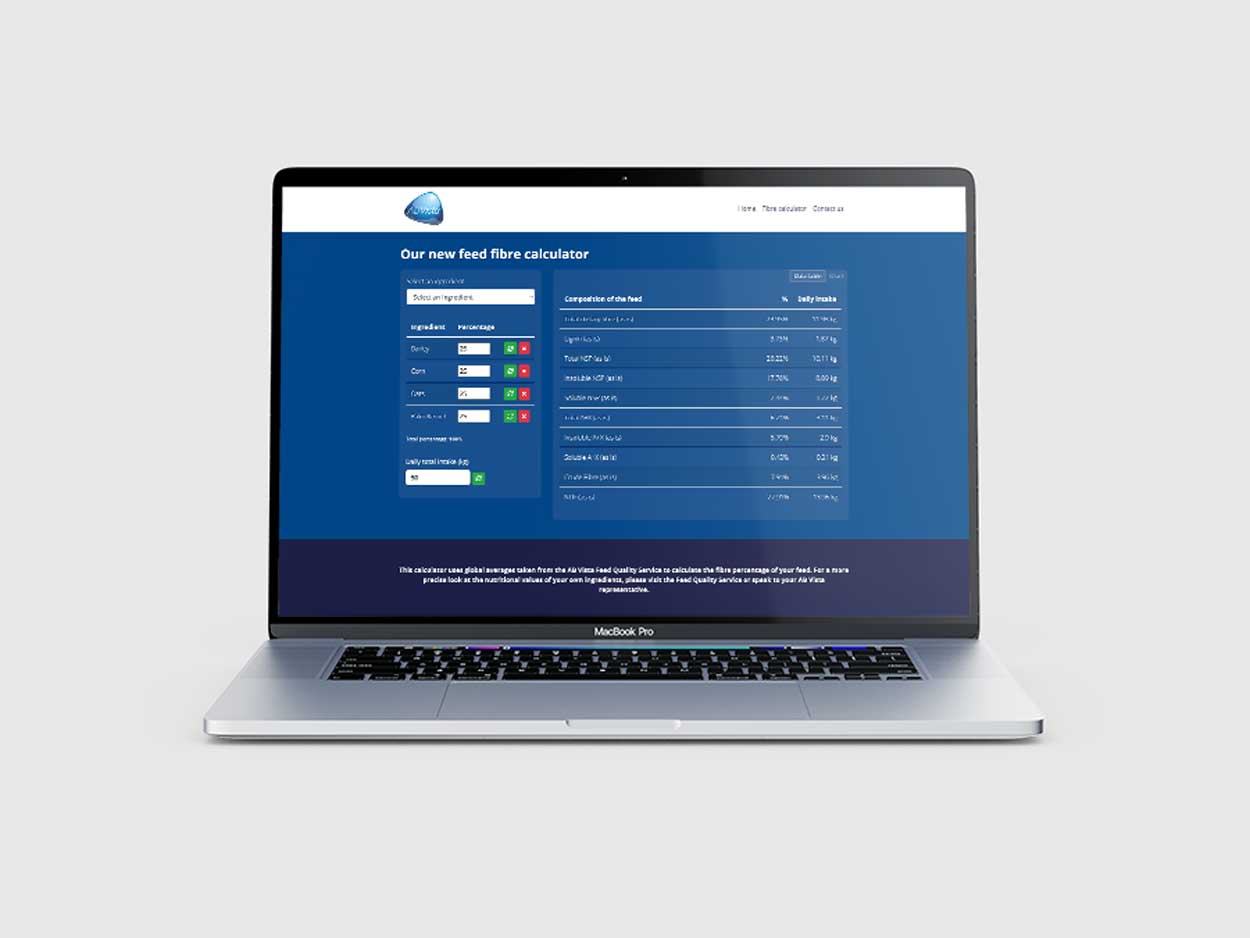
Online Feed Fibre Calculator
Calculate the percentage of dietary fibre in your feed
Our calculator is designed for nutritionists and uses averages of global raw materials to calculate the dietary fibre content (plus other more in-depth fibre parameters) of finished animal feed. These parameters are available within AB Vista’s Dietary Fibre analysis service (part of our NIR service).
Sign up for AB Vista news
A regular summary of our key stories sent straight to your inbox.
SUBSCRIBE© AB Vista. All rights reserved 2023
Website T&Cs Privacy & Cookie Policy Terms & Conditions of Sale IDC Policy










